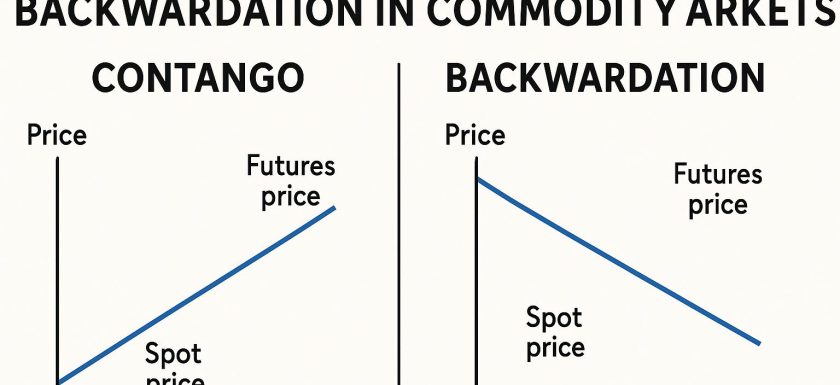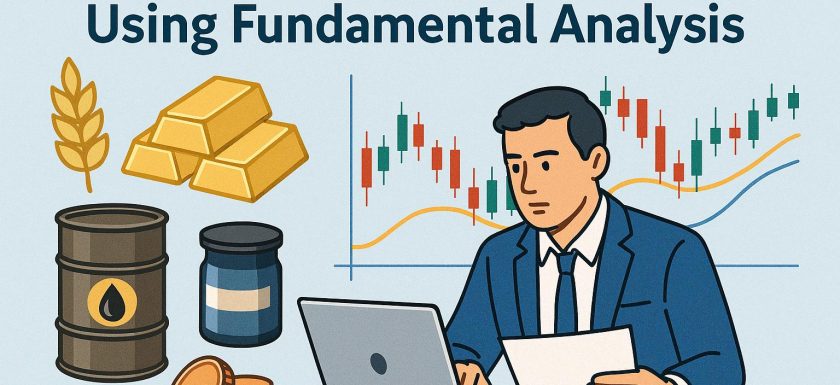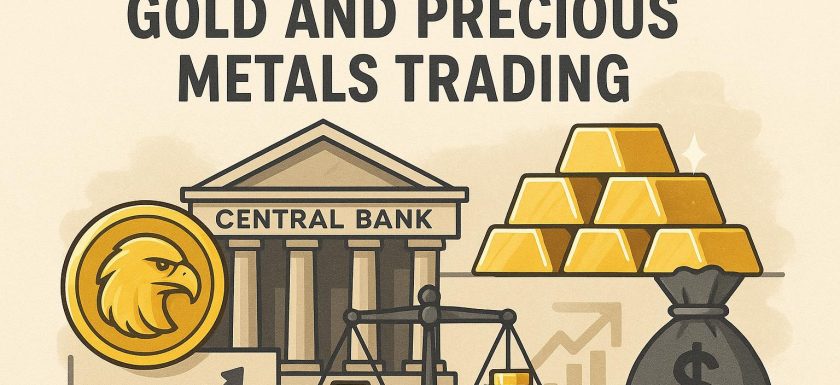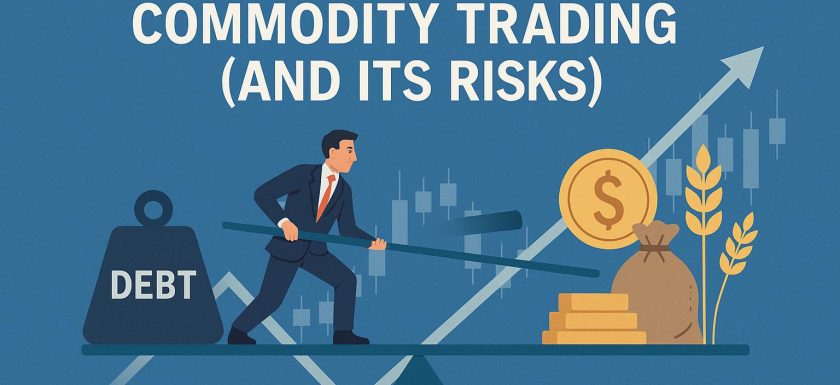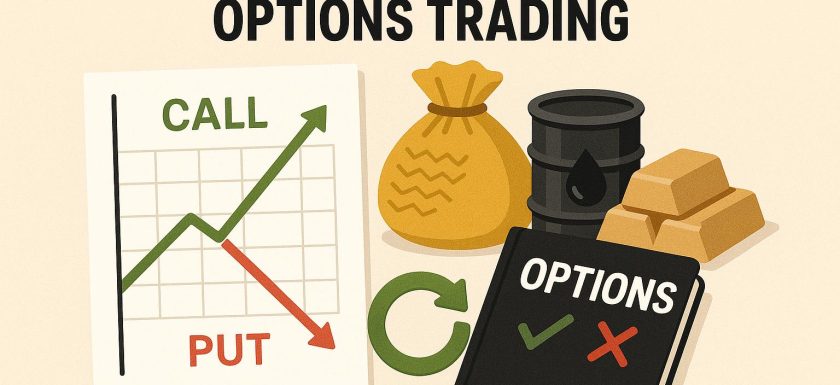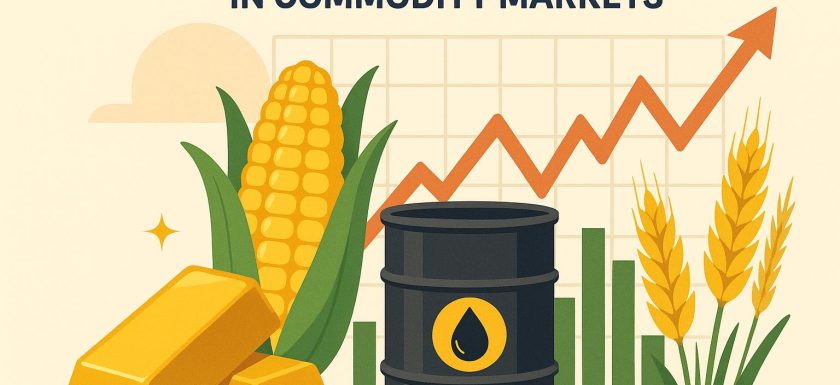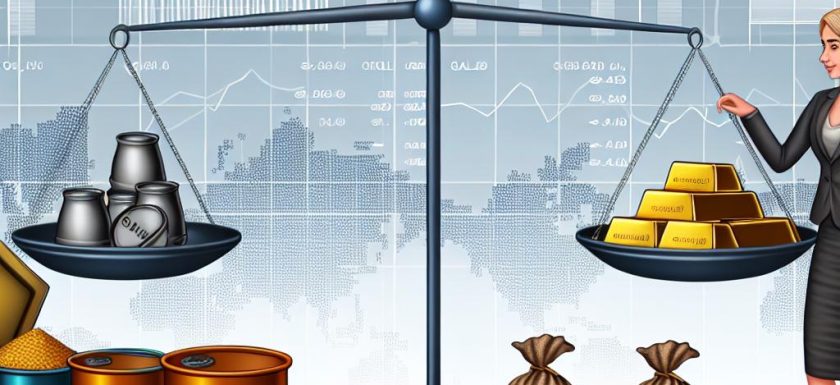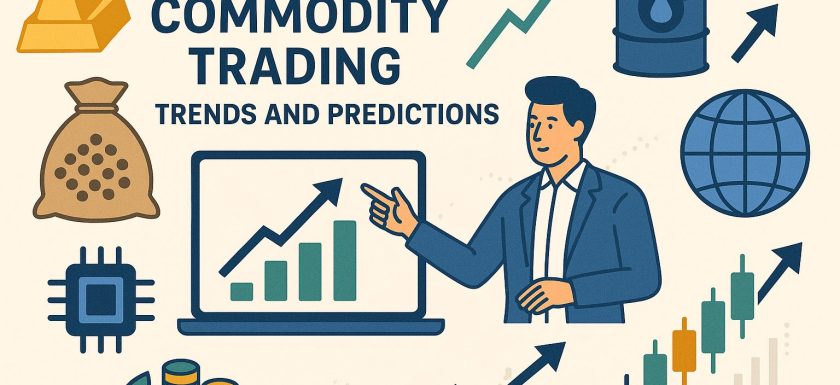
The Future of Commodity Trading: Trends and Predictions
The Role of Technology In recent years, technology has become a transformative force in the sector of commodity trading. This field, traditionally grounded in physical trading and manual analysis, is continuously being revolutionized by innovations such as artificial intelligence (AI) and machine learning. These technologies equip traders with sophisticated tools for in-depth data analysis and market prediction. AI and machine learning algorithms are transforming data analysis by offering capabilities previously unimaginable. In the context of commodity trading, where the analysis of market patterns and trends is crucial, AI can process vast datasets that would overwhelm human analysts. These algorithms reveal hidden patterns and predictive insightsRead More →
